
For the second year running, the British capital is welcoming the spring by blanketing the city with events celebrating the photographic medium. At the center of it, is Photo London, which brings over 80 galleries from Europe and beyond to Somerset House, just steps away from the Thames river, starting from today until May 22.
The program, which includes talks, books signings and screenings, extends wide beyond the former Tudor palace, spilling onto the galleries and cultural institutions of the metropolis. To enjoy it fully, a trusted umbrella, an appreciation for the humorous and an open-mind are in order.
This being London, a lot of attention is given to depictions of British idiosyncrasies. Unsurprisingly, Martin Parr’s presence and influence is felt nearly everywhere. It’s in the labyrinthine halls of the Somerset House, where a few exhibitors, such as the Rosegallery, Eric Franck Fine Art and In Camera are showing UK scenes captured by local or foreign artists during the later half of the 20th century. It’s on the terrace facing the Thames, where Parr set up his Real Food Van, a food truck inspired by his latest book, Real Food. And it’s at one of the city’s major art centers, the Barbican, where the Magnum photographer curated the show Strange and Familiar that interrogates how international photographers perceive the social, cultural and political identity of the country.
This year, Photo London sought to recognize the immense contribution made by Don McCullin to both the photo and journalistic worlds. Named the 2016 Master of Photography, he’s being honored with an exhibition presented in association with Hamiltons Gallery that retraces some of his career’s milestones. The show reads like a lesson in how to purposefully cover unfolding events; that is how to distill information and meaning within a single frame without altering the truth by simply paying attention to the symbolism of every compositional detail.
Outside of the fair’s ground, the Victoria and Albert Museum is hosting a major retrospective of Paul Strand’s work, which is well worth the detour. In a day and age where we are (still) discussing the boundaries and ethics of documentary photography, the diversity of his approaches resonates. Alfred Stieglitz wrote about Strand that his images were “devoid of any trickery…, devoid of any attempt to mystify.” Yet, at times, he deceived subjects by mounting decoy lenses on his cameras and taking their pictures without their knowledge, let alone consent. Though he approached his photography in a truth-seeking fashion, paying attention to the revealing nature of people, objects and architecture alike, his films blurred fact and fiction.
Speaking of those who like to play with reality, Cristina de Middel’s recent series, Jan Mayen is presented by Dillon Gallery. In 1911, tourists on an arctic expedition failed to land on the island of Jan Mayen – their boat was too big. To save face, they pretended they did and staged their adventures on an Icelandic shore, all of which was recorded for posterity. Over a century later, upon hearing of this subterfuge, de Middel decided to combine the archive images with those of a contemporary re-enactment performed by her friends on the Isle of Skye in Scotland. The resulting book and small installation reminds us not to trust everything we see.
Though, as in any photo fairs, a lot of the usual suspects are heavily showcased, a few exhibiting galleries are taking risks, not least of which is Ag Galerie from Tehran. On the walls, unforgiving images of victims of the Iran-Iraq war taken by Bahman Jalali and the equally cringe-worthy work of Arash Hanaei, a student of the former, are on show. “Beyond the economic sanctions, the West has had this way of sanctioning how they view us as well,” says Simindokht Dehghani, the gallery’s owner and director. “They favor the exotic, the oriental and the glamorous. They focus on the veil, the calligraphy and beautiful patterns. Yet, the artists working in the country have experienced several upheavals, wars and revolutions, which has and continues to affect them.” More than selling pieces, her goal is to lift the veil, so to speak, on contemporary Iranian art and society.”
Amidst the antique pieces on display at Bernard Quaritch Ltd reigns a large, 5.58 x 3.58 feet composite of 36 tinted albumen prints once used to promote the work of the Japanese Kusakabe Kimbei Studio, which operated in the late 19th and early 20th century. A serene view of Mount Fuji is surrounded by images depicting daily life in the country, many of them staged and/or re-enacted in his studio, from women playing what looks like an early version of badminton to peasants working their field. These were examples of “souvenirs photographs” to be brought back home by Western tourists and, as such, represent an interesting glimpse into early Orientalism.
“The monarchs hold no constitutional rule since Nigeria became a republic within the Commonwealth, but the monarchial structure has remained relevant,” writes photographer George Osodi. “These Kings command great respect and trust from their subjects and though there is very little known about the many different royalties in Nigeria, they are a major part of the country’s history.” Based in Lagos, Osodi has undertaken to photograph all of the country’s sovereigns, hovering around 250. To date, he has managed to convince 40 of them, sometimes after many visits, to sit for him, dressed in full regalia. These vibrant portraits, on view at Z-Photographic, are meant as a celebration, a diversity that ought to be source of pride, rather than division.
To further introduce their six new nominees, Magnum Photo is organizing a show of their work in their London Print Room with images spanning the whole range of documentary practices. From Matt Black’s Geography of Poverty and his embrace of Instagram as a diffusion platform to Max Pinckers’ carefully constructed depictions of Japanese clichés. From Lorenzo Meloni’s more traditional but no less poetic coverage of the conflicts in the Middle East to Sohrab Hura or Newsha Tavakolian personal and unique take on those closest to them. Carolyn Drake stands on her own, with a satellite presentation within Somerset House of her series Wild Pigeon, where she asked the people of the Xinjiang Uyghur Autonomous Region she photographed to draw on, cut, and reassemble the images she had made.
Four contestants, four very different approaches to photography are vying for the Deutsche Börse Prize, a £30.000 ($44,000) reward. Laura El-Tantawy fuses her coverage of the Egyptian Revolution of 2011 with her family’s narratives. Eric Kessel displays his ailing father’s unfinished restoration of an old Fiat 500, including several pictures taken along the way. Trevor Paglen finds imaginative ways to make the invisible – surveillance, data collection, drone activities, wifi signal – visible. And, Tobias Zielony works with refugees met mostly between Berlin and Hamburg, to report their experiences, notably in African publications. These projects can be seen at the Photographers’ Gallery, where there’s also a space to pick your favorite.
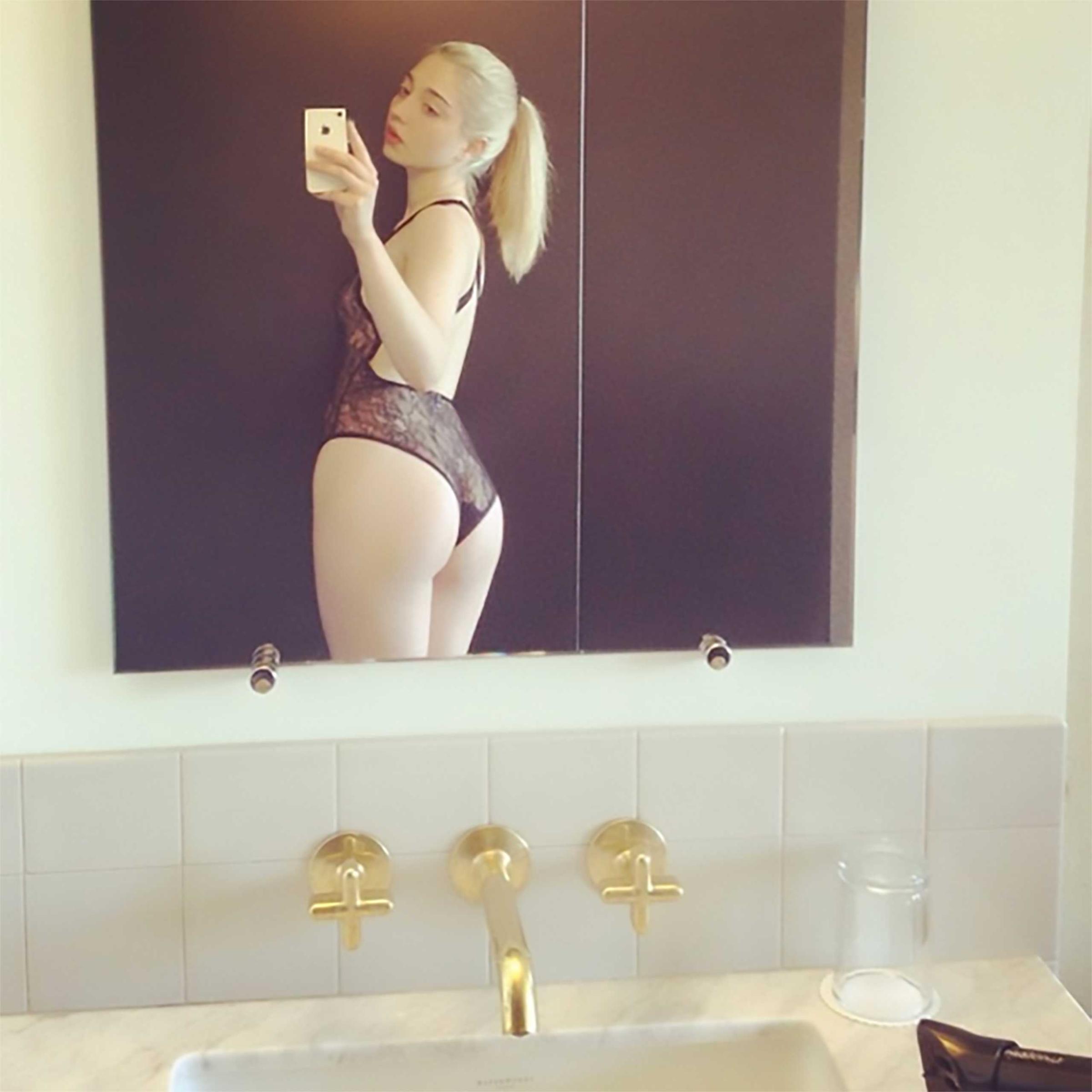
Starting May 20, the Turbine Hall of Tate Modern will host the second edition of Offprint London. If last year’s praises and the popularity of previous installments are any indications, this should be an event not to be missed. The program, presented by Self Publish, Be Happy is brimming with activities that explore the merging of on- and offline publications of photographs, from an interactive installation by Lucas Blalock to duels between artists evolving in the digital and ‘real’ worlds. And, while you’re at it, tour the exhibition Performing for the Camera, which investigate, in the age of the selfie, the relationship between photography and performance and how it has evolved over time.
And for all those who can’t make it in person, there’s always the option of accessing the online translation of the fair. Though you might not get to rub shoulders with some of Britain and the world’s top most photographers, you will have the luxury to go through the 80+ galleries from the comfort of your living room.
Laurence Butet-Roch is a freelance writer, photo editor and photographer based in Toronto. She is a member of the Boreal Collective.
Follow TIME LightBox on Facebook, Twitter and Instagram.
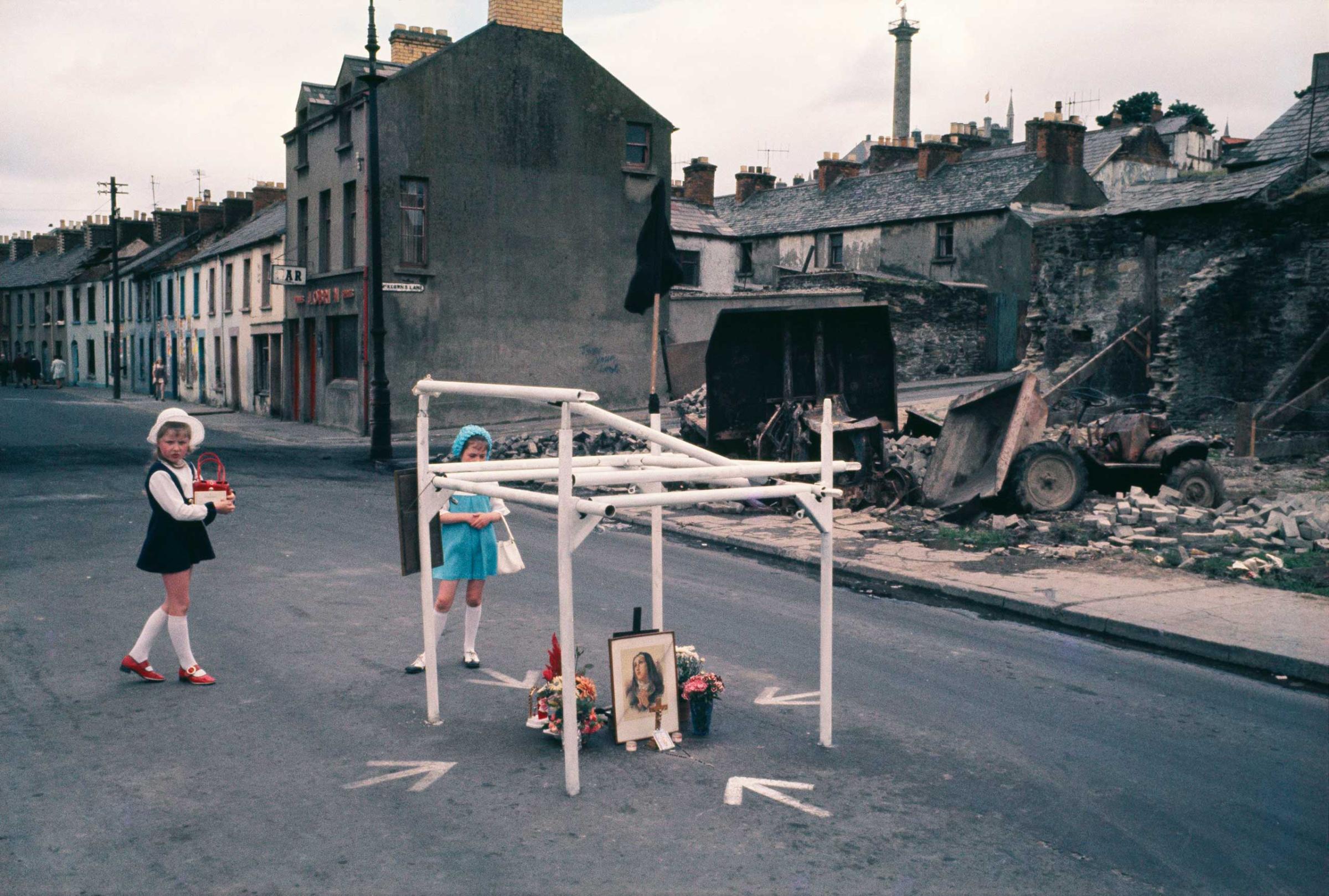
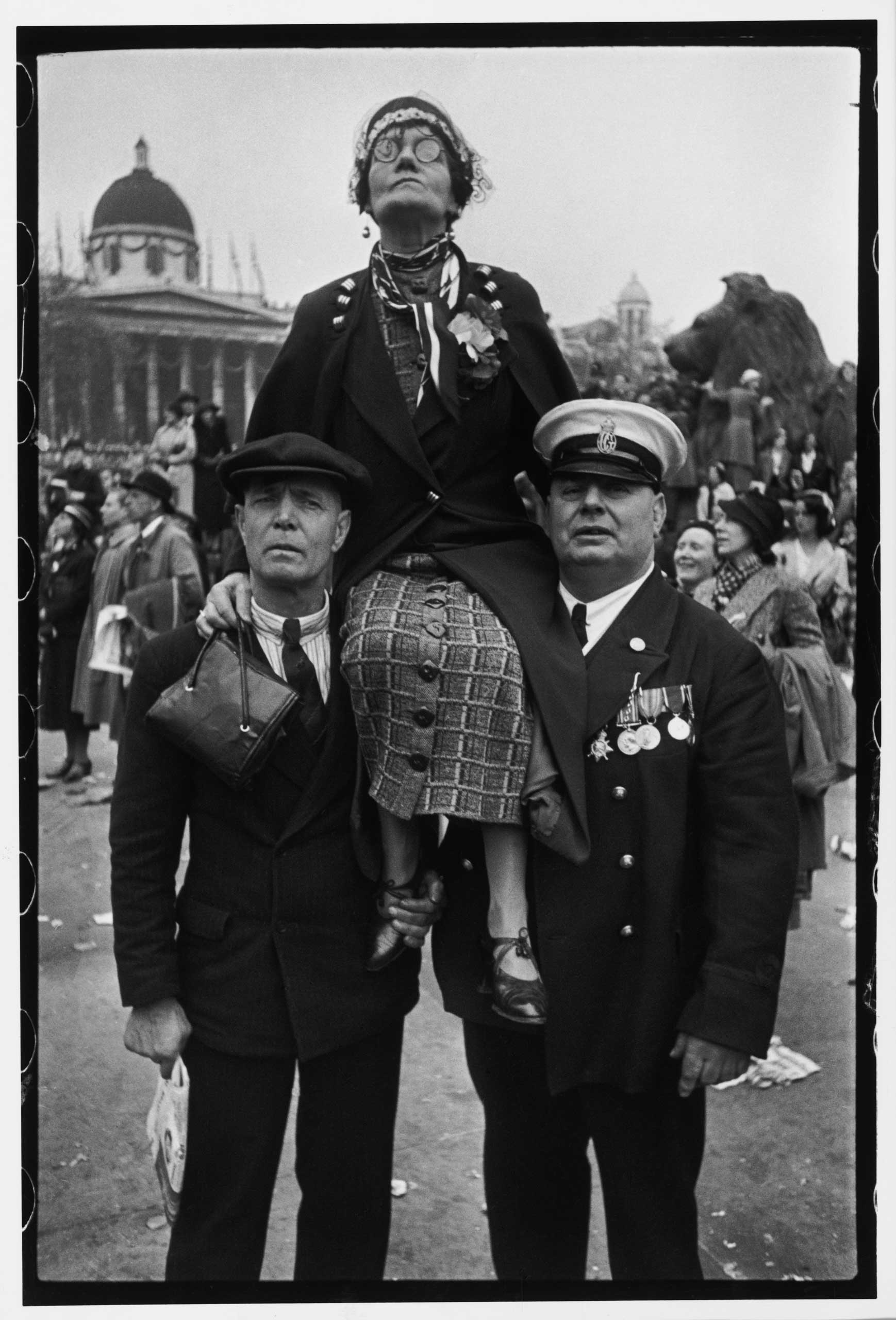

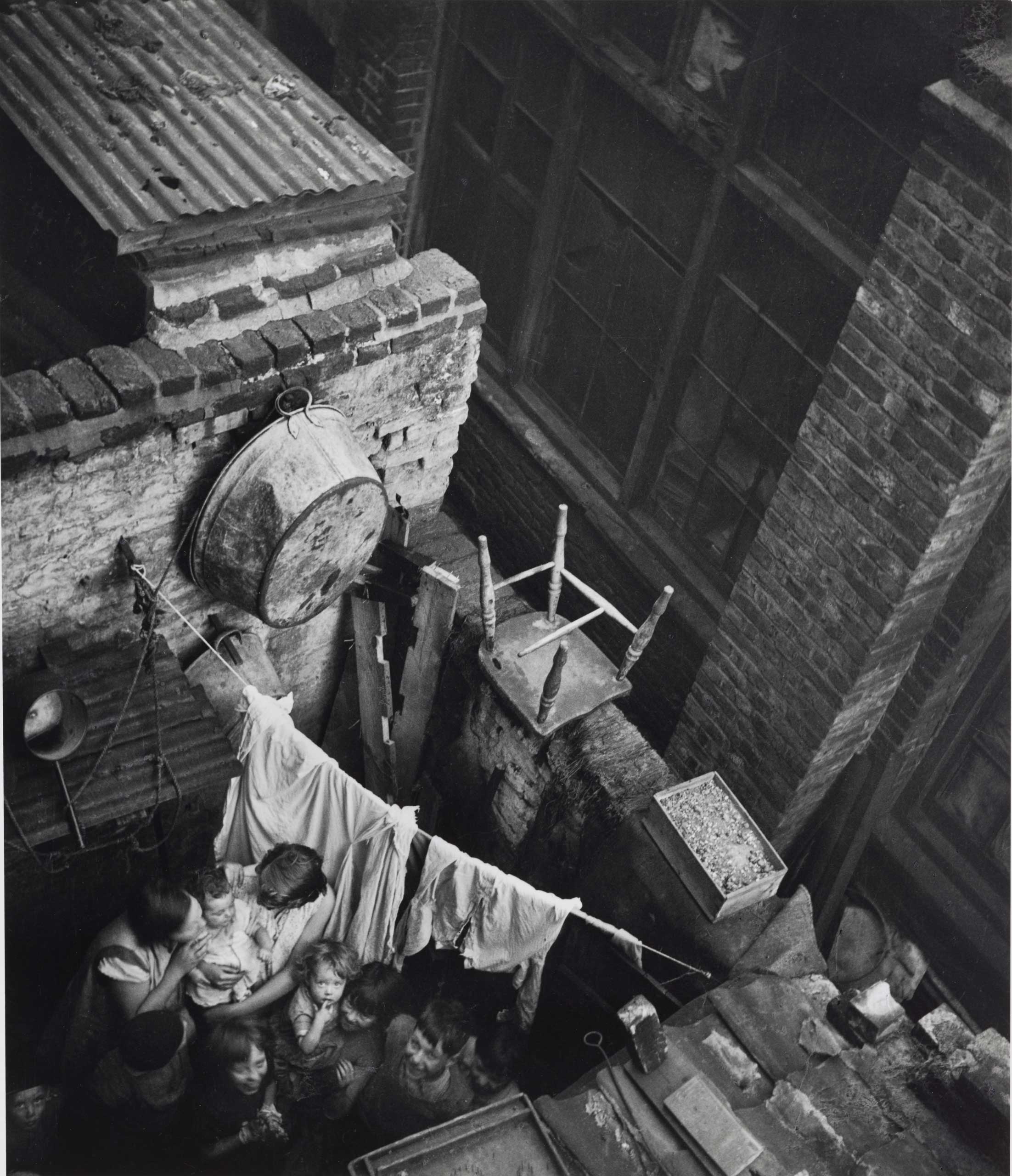
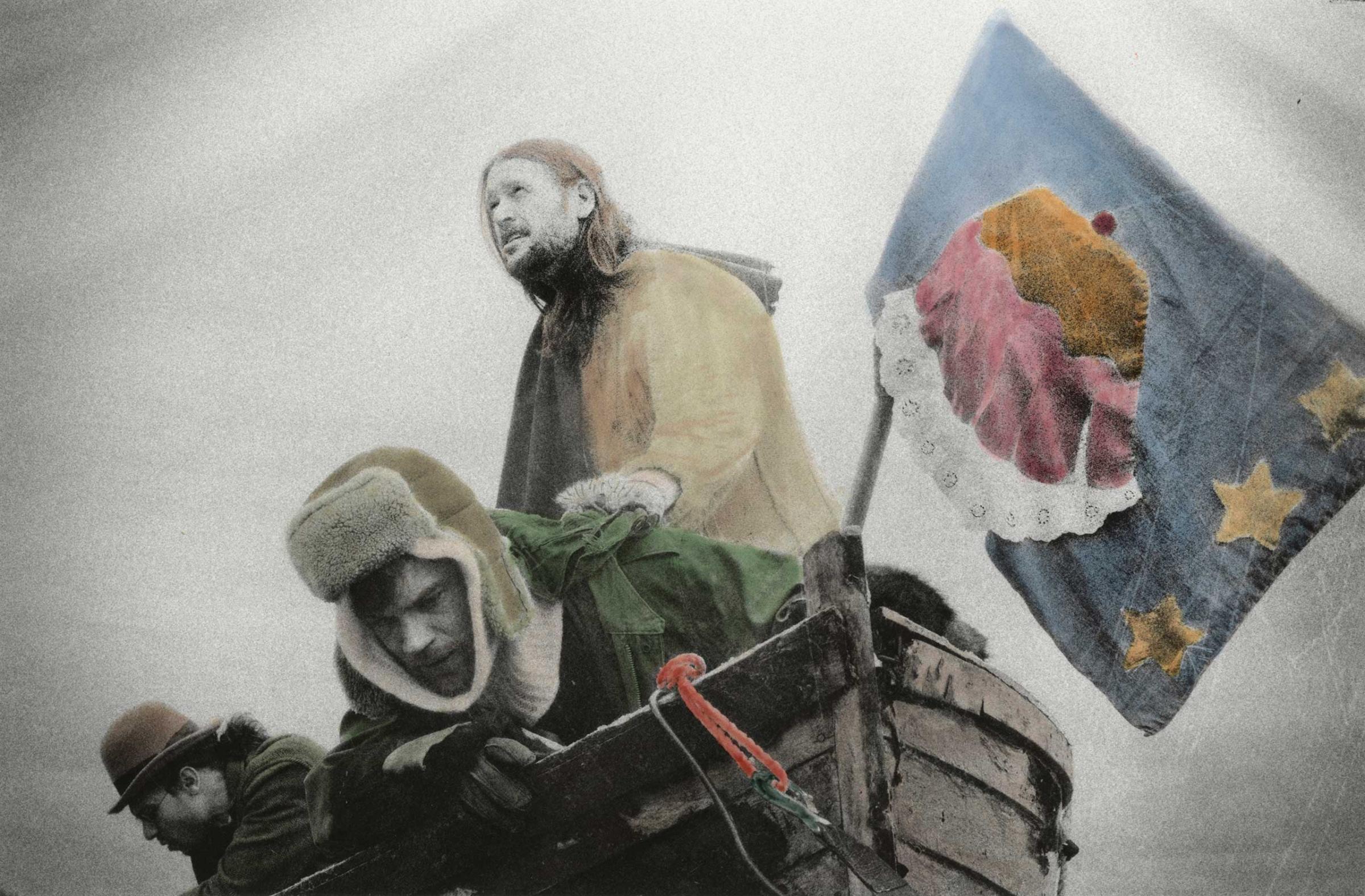
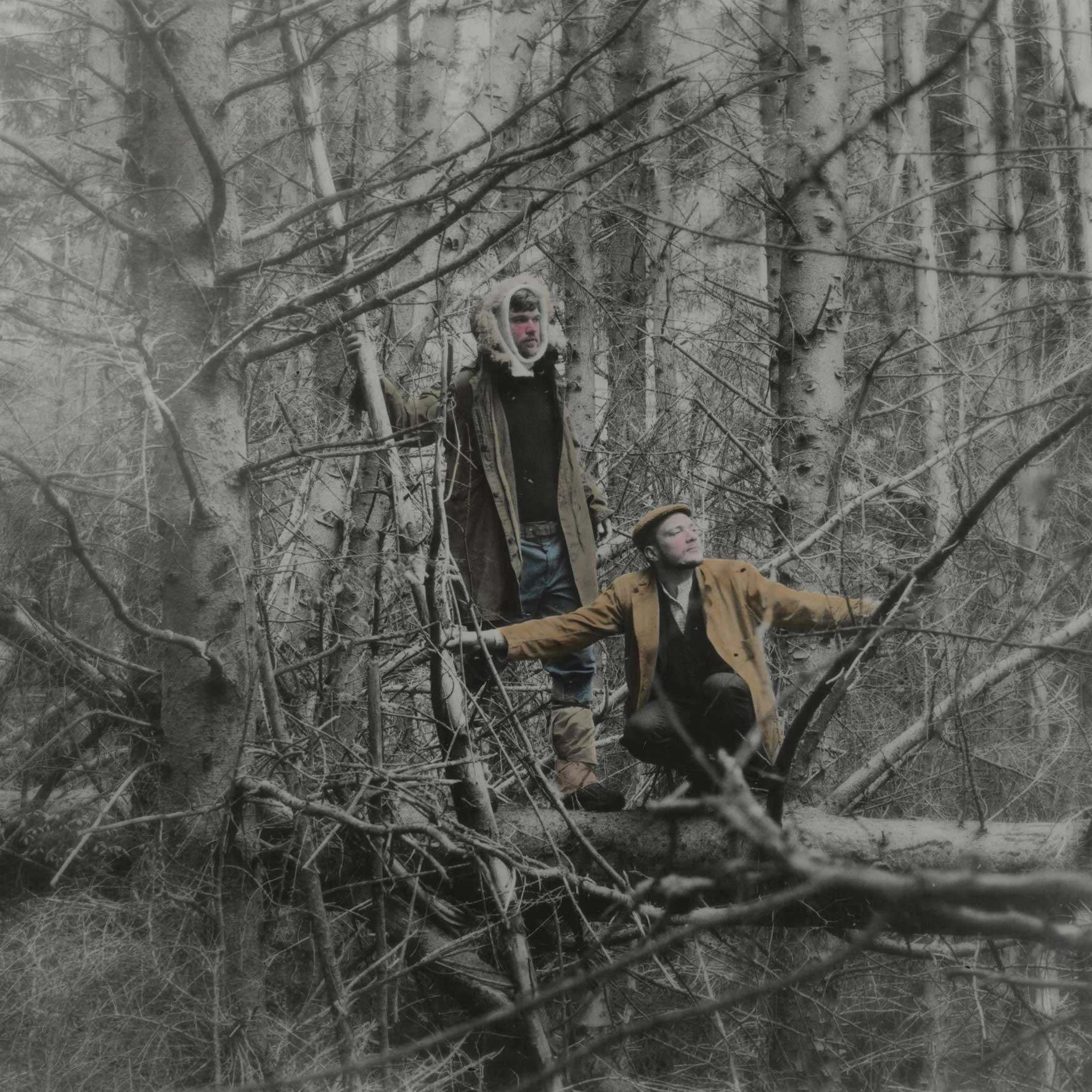
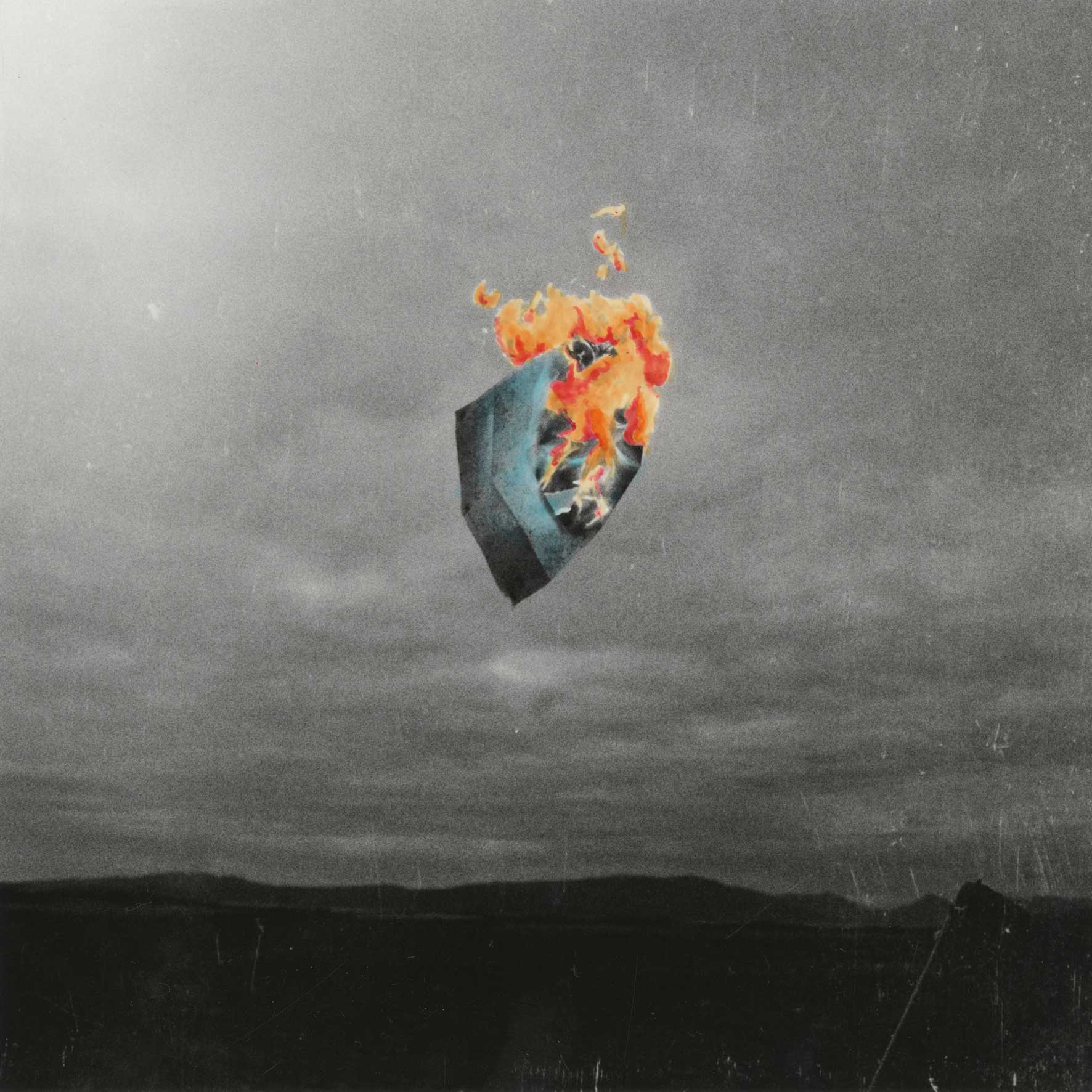

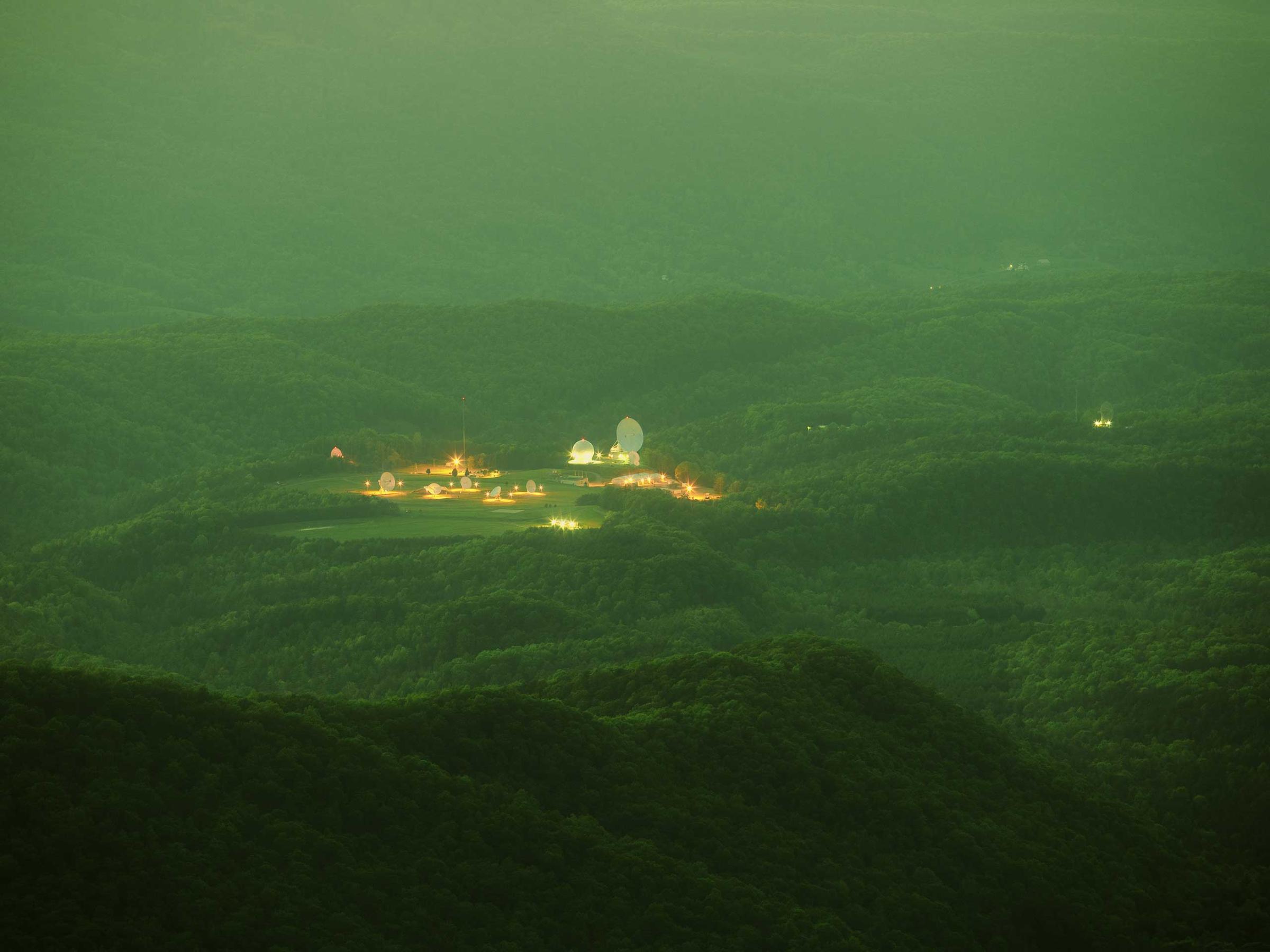
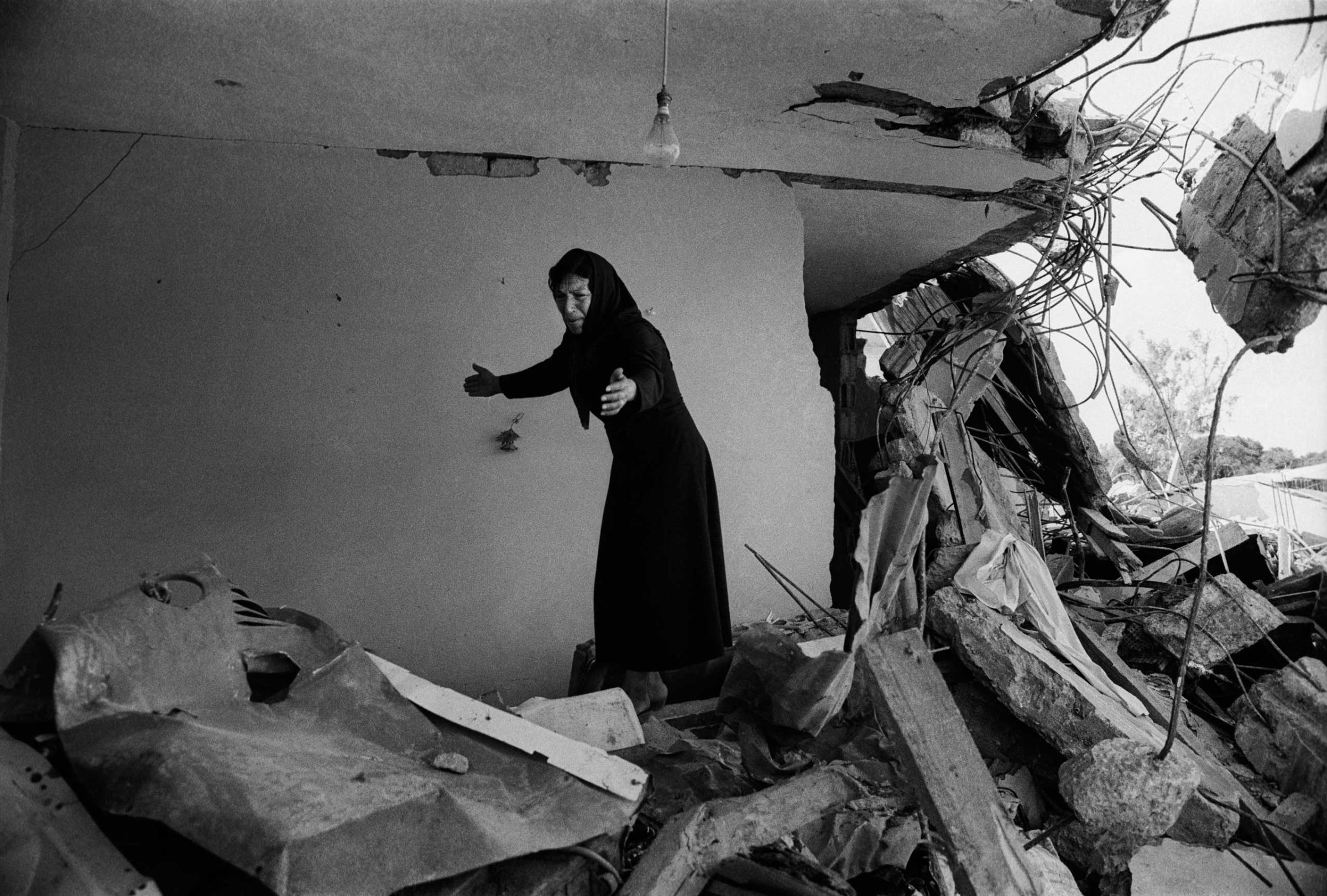
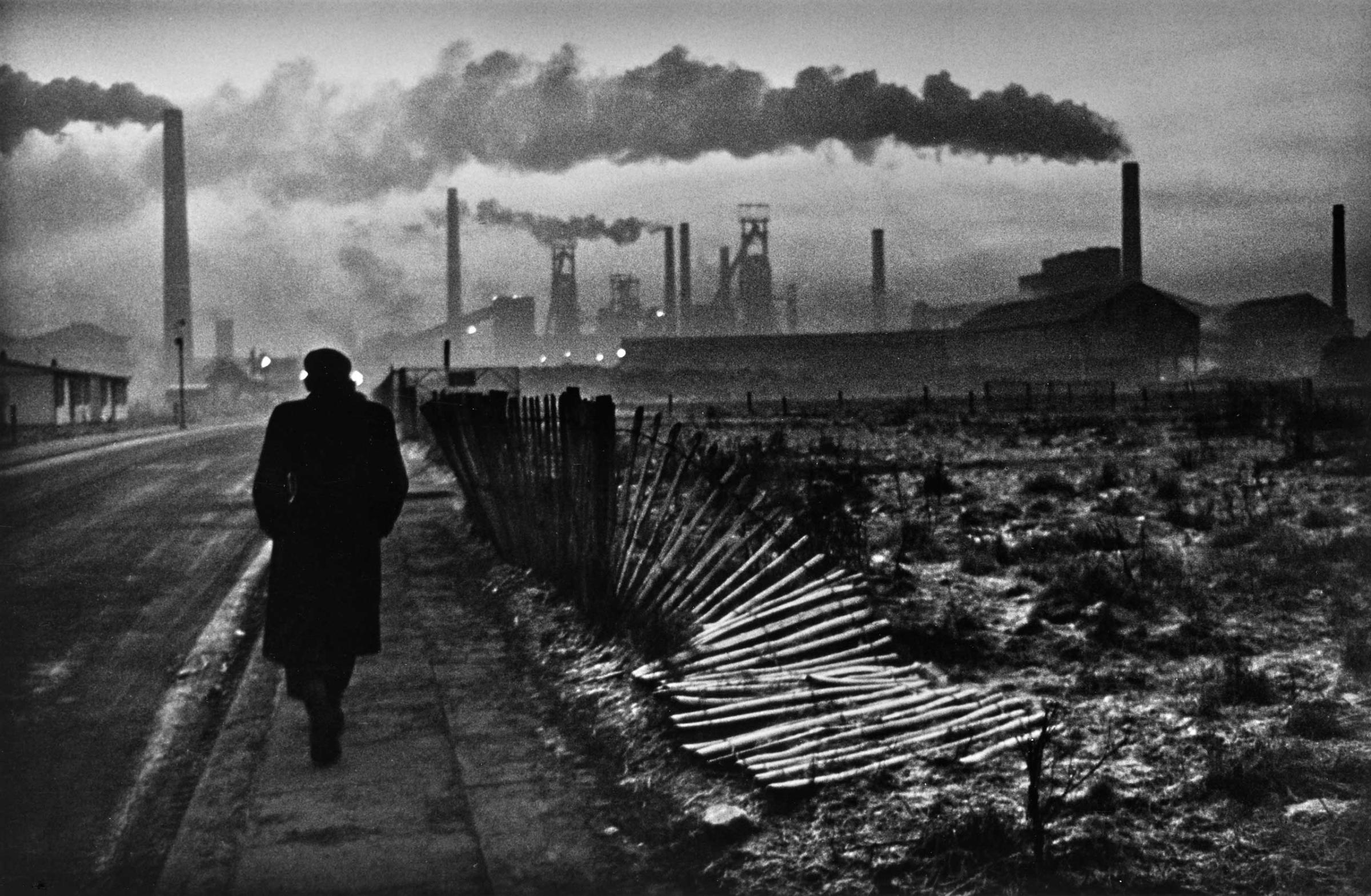
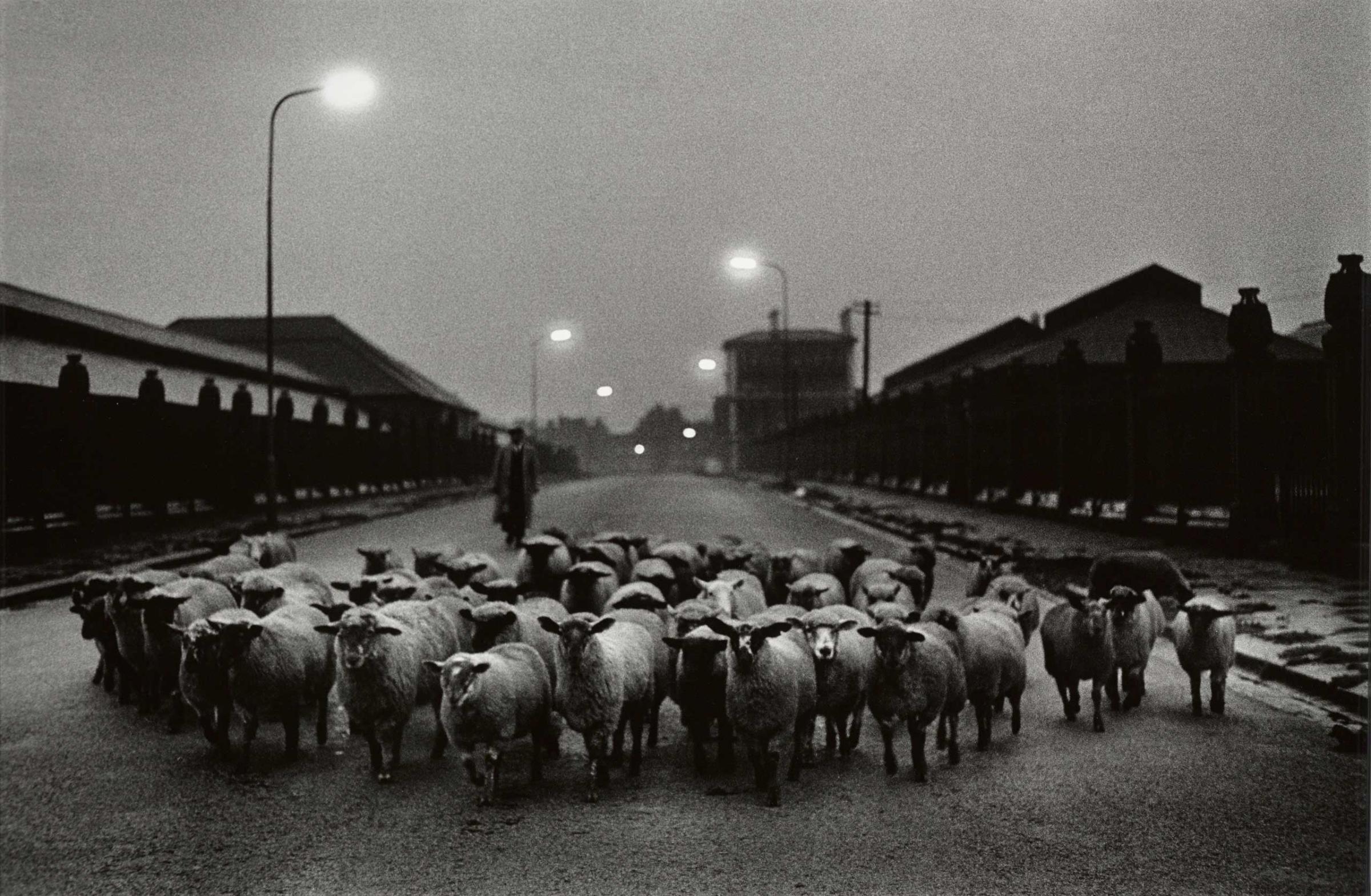
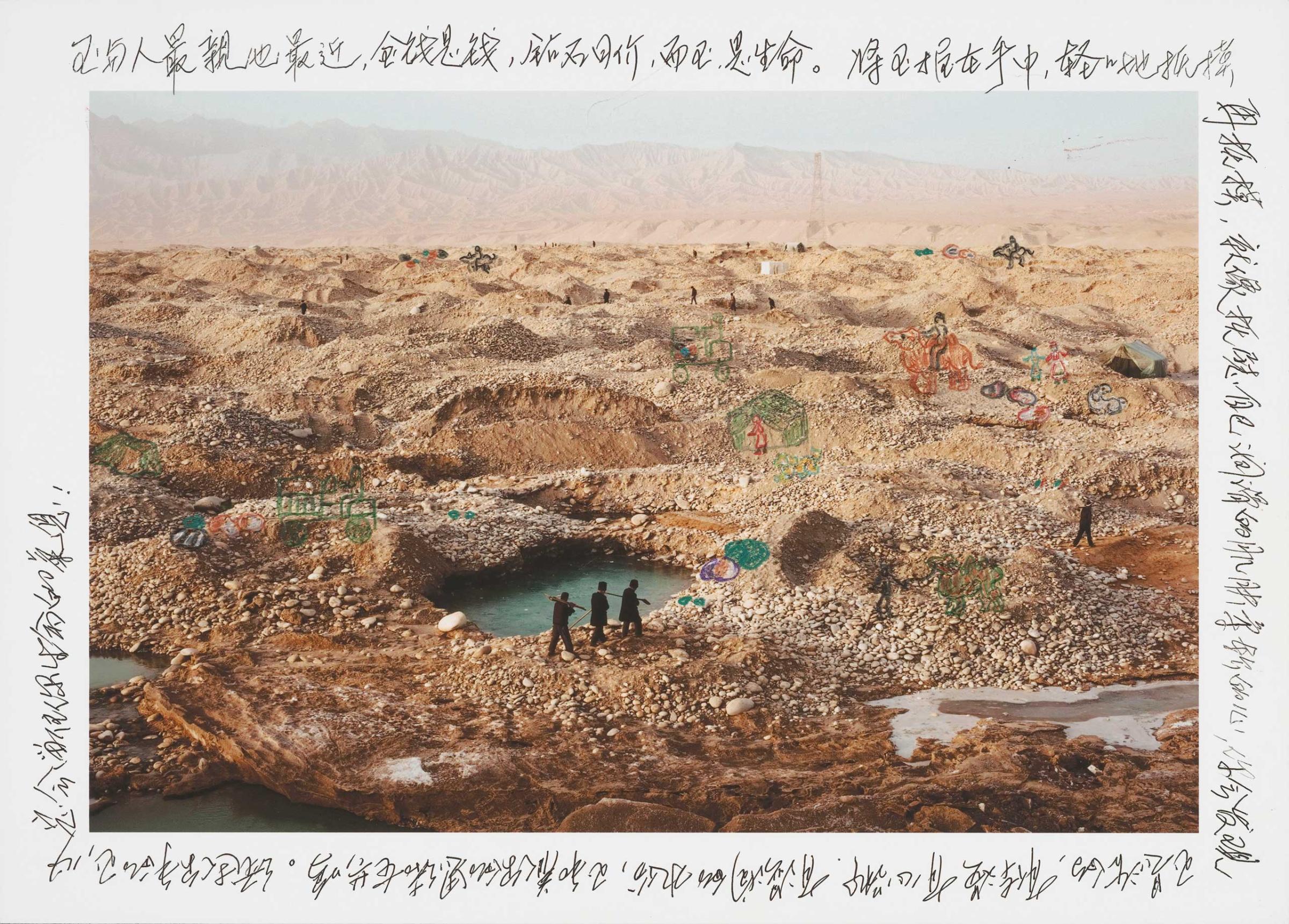

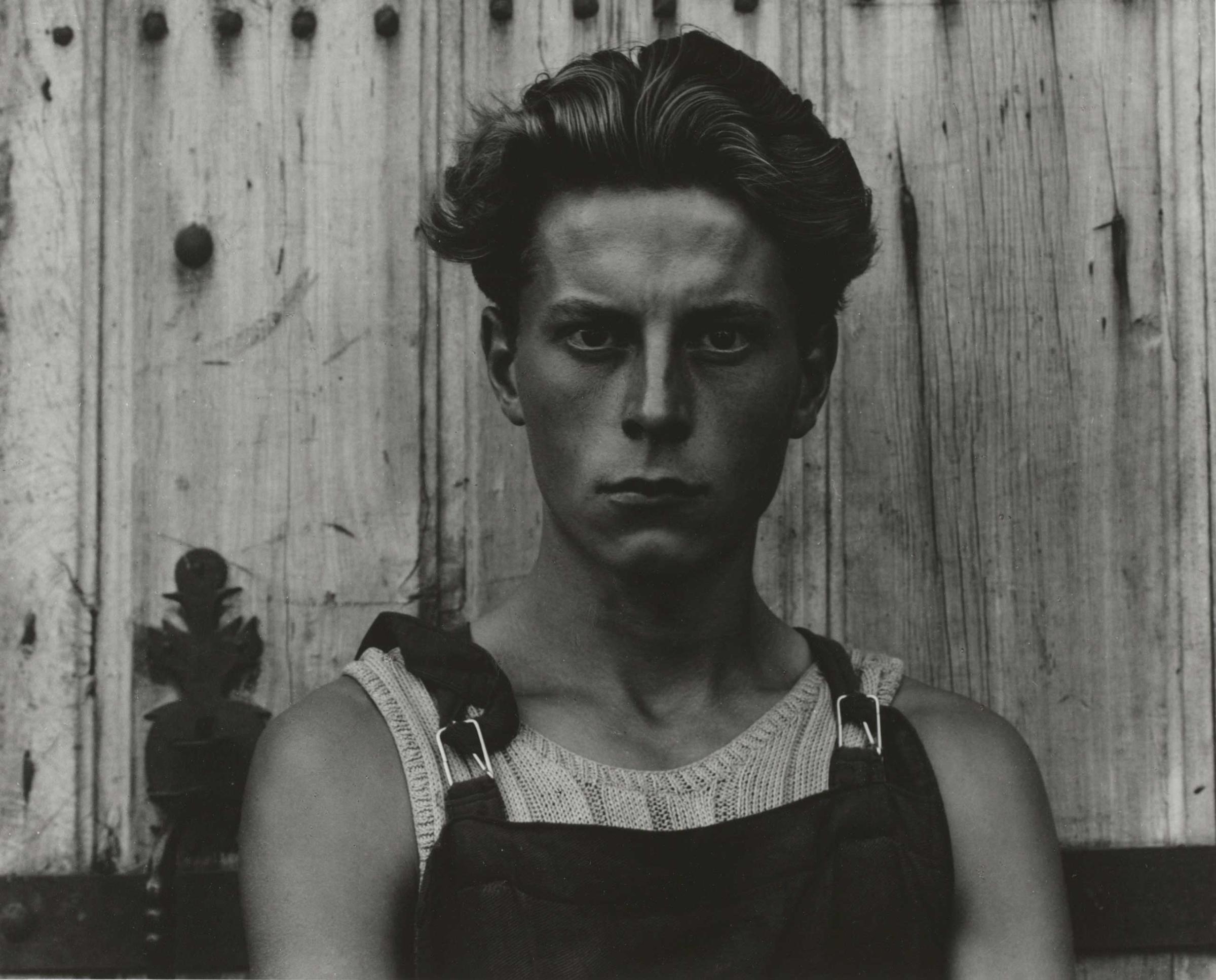


More Must-Reads from TIME
- Cybersecurity Experts Are Sounding the Alarm on DOGE
- Meet the 2025 Women of the Year
- The Harsh Truth About Disability Inclusion
- Why Do More Young Adults Have Cancer?
- Colman Domingo Leads With Radical Love
- How to Get Better at Doing Things Alone
- Michelle Zauner Stares Down the Darkness
Contact us at letters@time.com